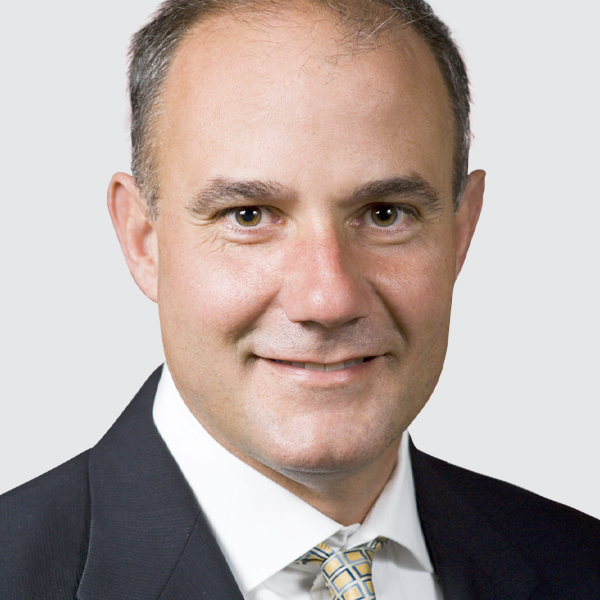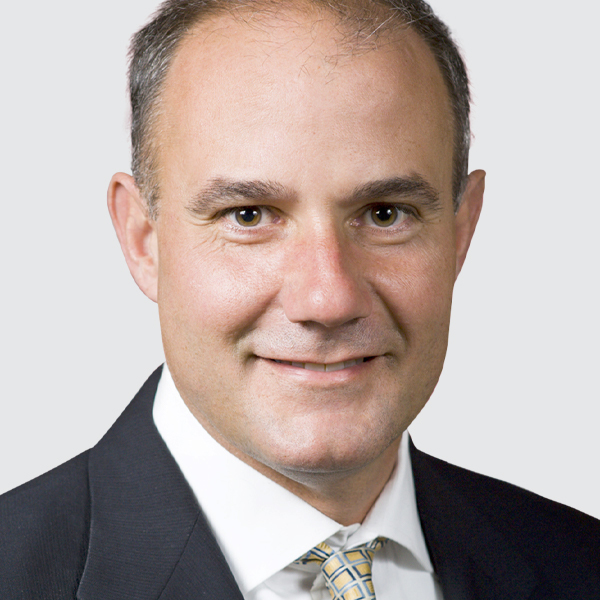At BBH, we strive to help you design and implement an annual gifting plan that reinforces your financial values. If designed thoughtfully, a gifting program can encourage and reward work and productivity, financial discipline, and independence.
One way parents and grandparents can help young working family members start and boost their retirement savings is by combining tax-free annual exclusion gifting and income tax-free investment compounding in a Roth IRA early in the child’s life, which can compound and provide a sizable retirement account over time. Here, we examine another option to help children later in life – in particular, those with a career and family and who may be concerned about the escalating costs of healthcare.
While not every graduate who takes a first job decides to participate in their employer’s 401(k) or other retirement plan, almost all of them elect to participate in their employer’s healthcare plan. Years ago, most U.S. employers covered most or all of the costs associated with offering medical insurance to employees and their families. In recent decades, U.S. healthcare plans have changed significantly, with many employers implementing high-deductible healthcare plans (HDHP), which shift a much higher portion of a plan’s annual cost to employees. Under an HDHP, employees still enjoy family medical coverage but must cover a significant portion of the initial costs of healthcare utilization annually. Essentially, HDHPs cover families against a catastrophic event but shift most of the routine annual costs of family healthcare to the employees.
In recognition of this change in the marketplace, Congress created federal health savings accounts (HSAs) to help families shoulder their increased share of out-of-pocket costs related to HDHPs. An HSA allows employees to set aside pre-tax money (usually via payroll withholding) in an account that enjoys the same kind of income tax-free compounding experienced in a Roth IRA. Like many 401(k) plans, some employers will match a portion of employee contributions to their HSAs.
So, why wouldn’t a young employee who works for a company that offers an HDHP set up and fully fund an HSA account each year? Youth. Young people tend to be healthy, and have many competing uses for salary dollars (such as transportation, work clothes, rent or a down payment, home furnishings, tools, media and mobile phone plans, car seats, daycare, entertainment, and so forth). Many young employees figure they will pay out-of-pocket costs as they come due, and if they don’t get sick in a given year, the money could be better used elsewhere.
This is where a thoughtful gift from a parent or grandparent can help a young family member use the magic of tax-free compounding to build a healthcare nest egg for their family’s future needs. In 2025, federal gift tax laws allow individuals to make annual gifts of cash to anyone up to $19,000 per year. This means parents or grandparents can gift an adult child up to $38,000 annually. Many of you do this already.
Consider the benefit of conditioning a portion of the gift on the recipient’s full participation in funding an HSA. For 2025, an employee can contribute up to $4,300 for a self-only HSA and $8,550 for a family plan. For most plans, contributions must be made via an employee’s payroll withholding, so a parent or grandparent cannot directly participate in an employer-sponsored HSA plan. However, they can sit down with their working child or grandchild and talk about the advantages of saving for retirement through 401(k) withholdings and of saving for future healthcare costs via HSA plan withholding.


